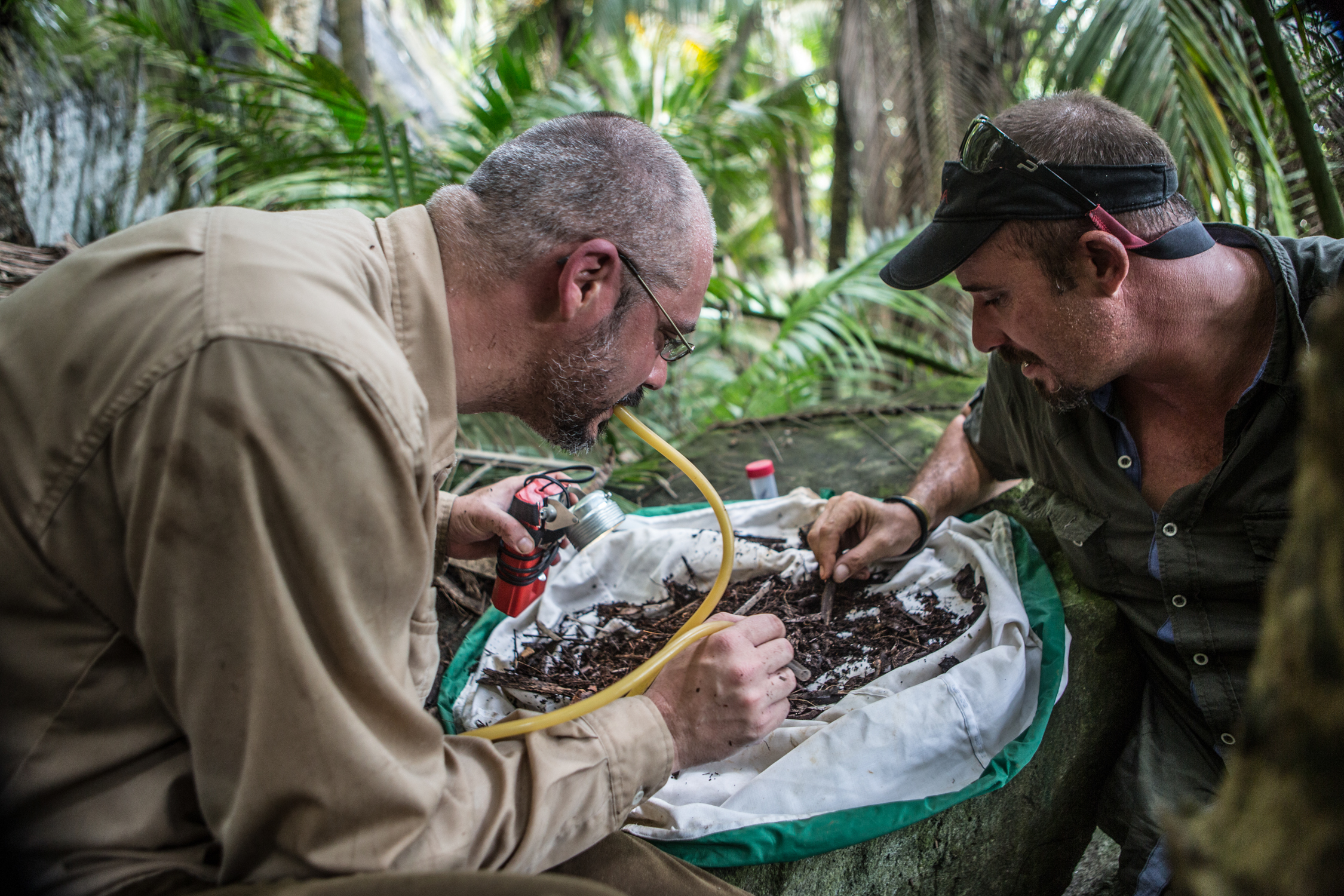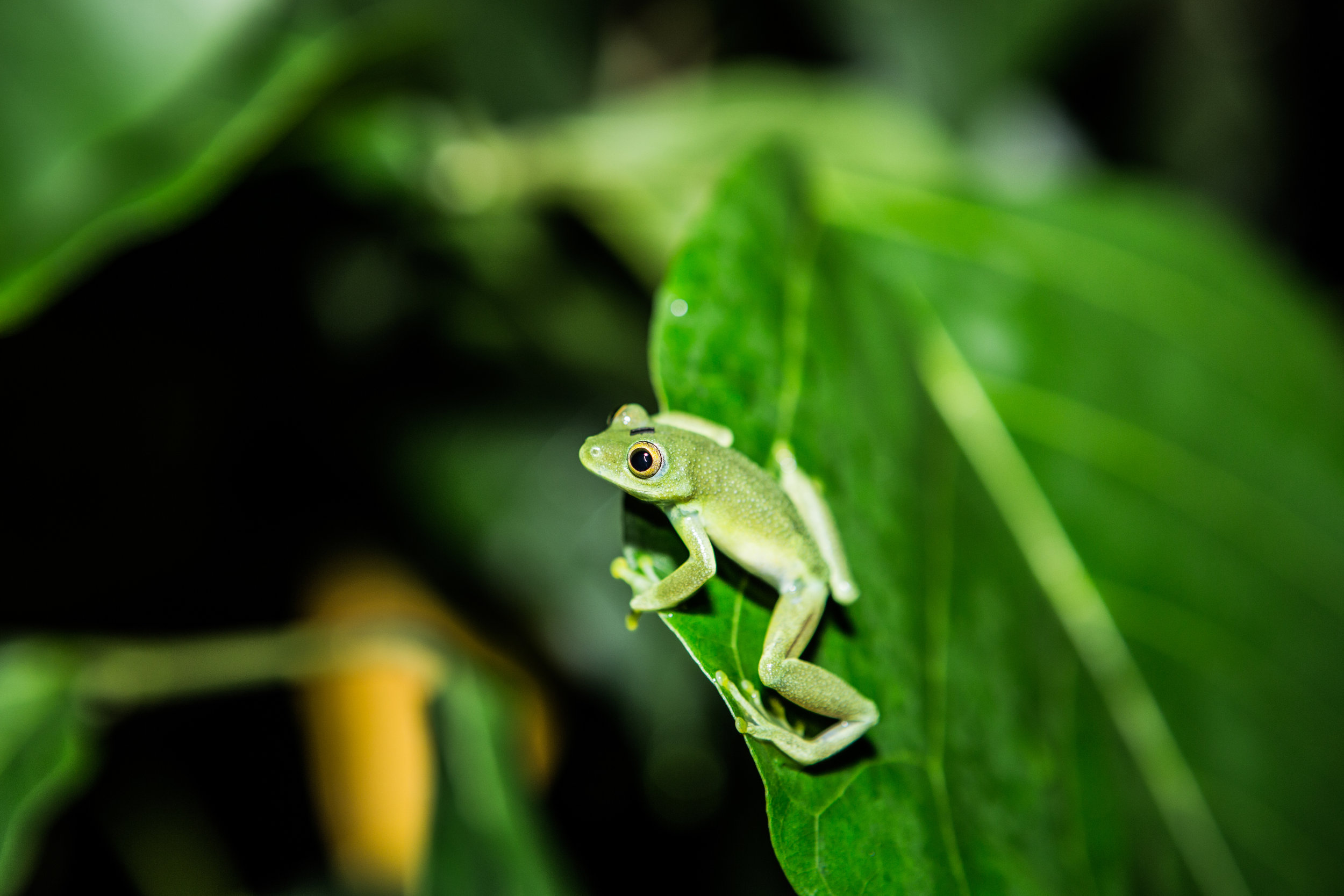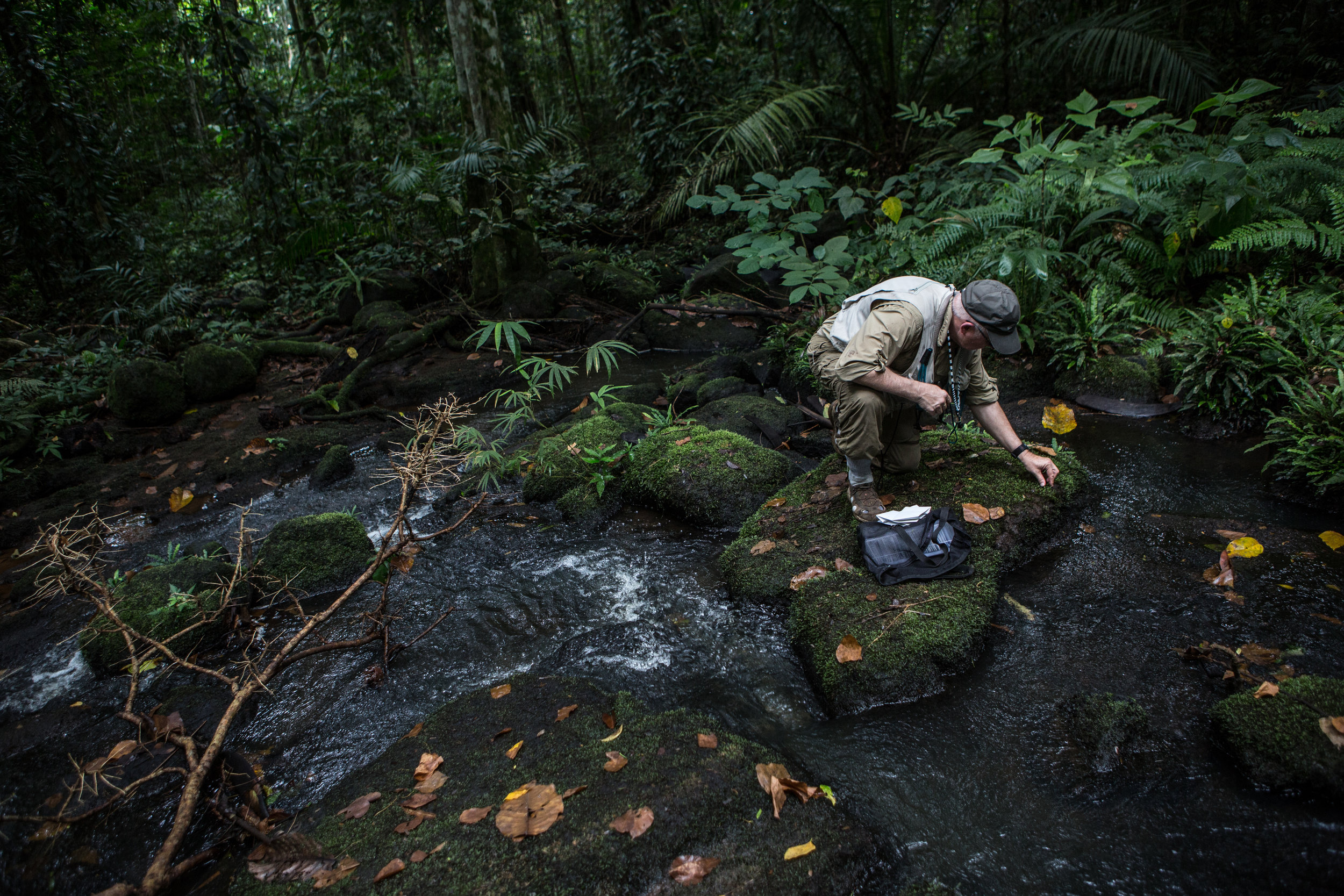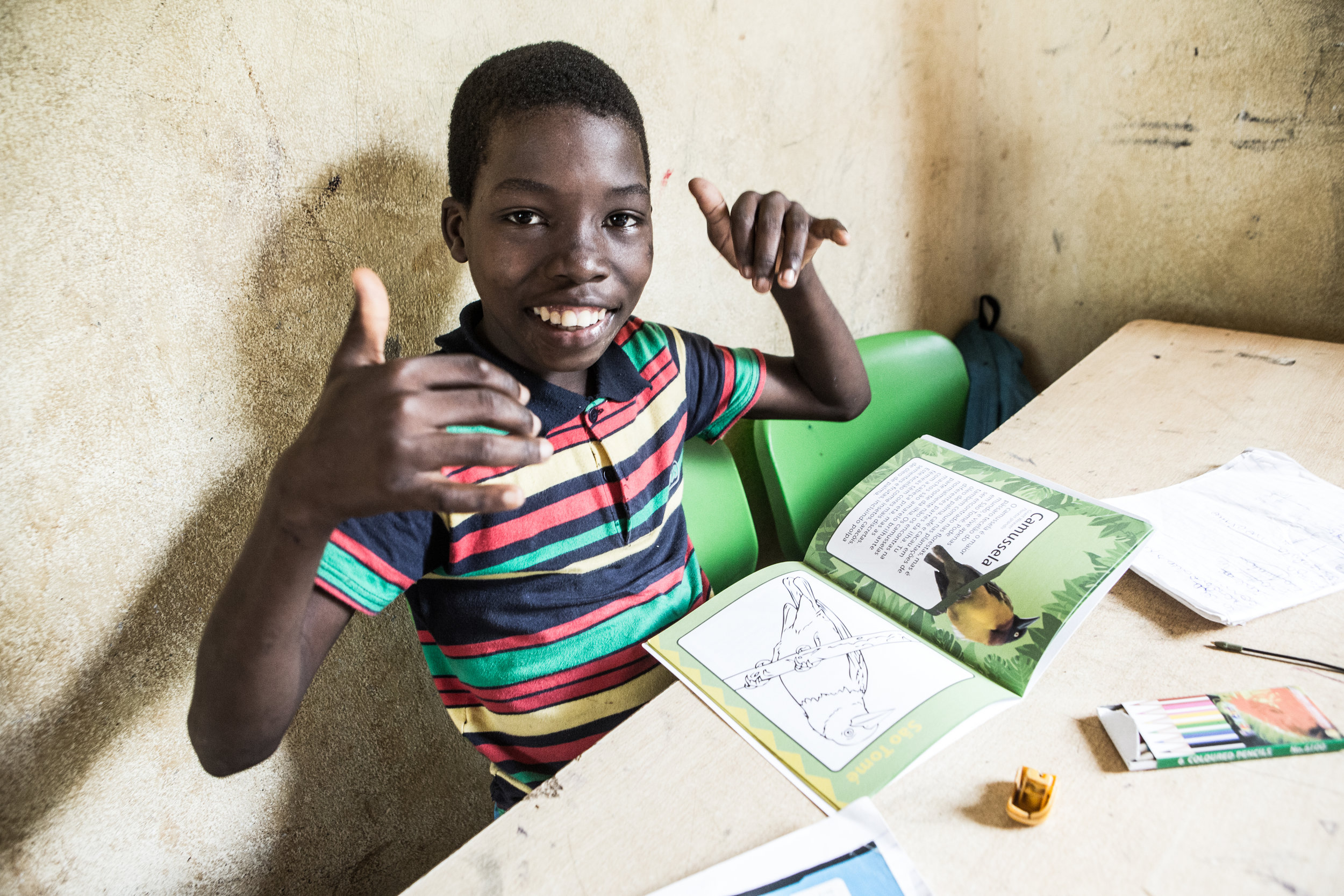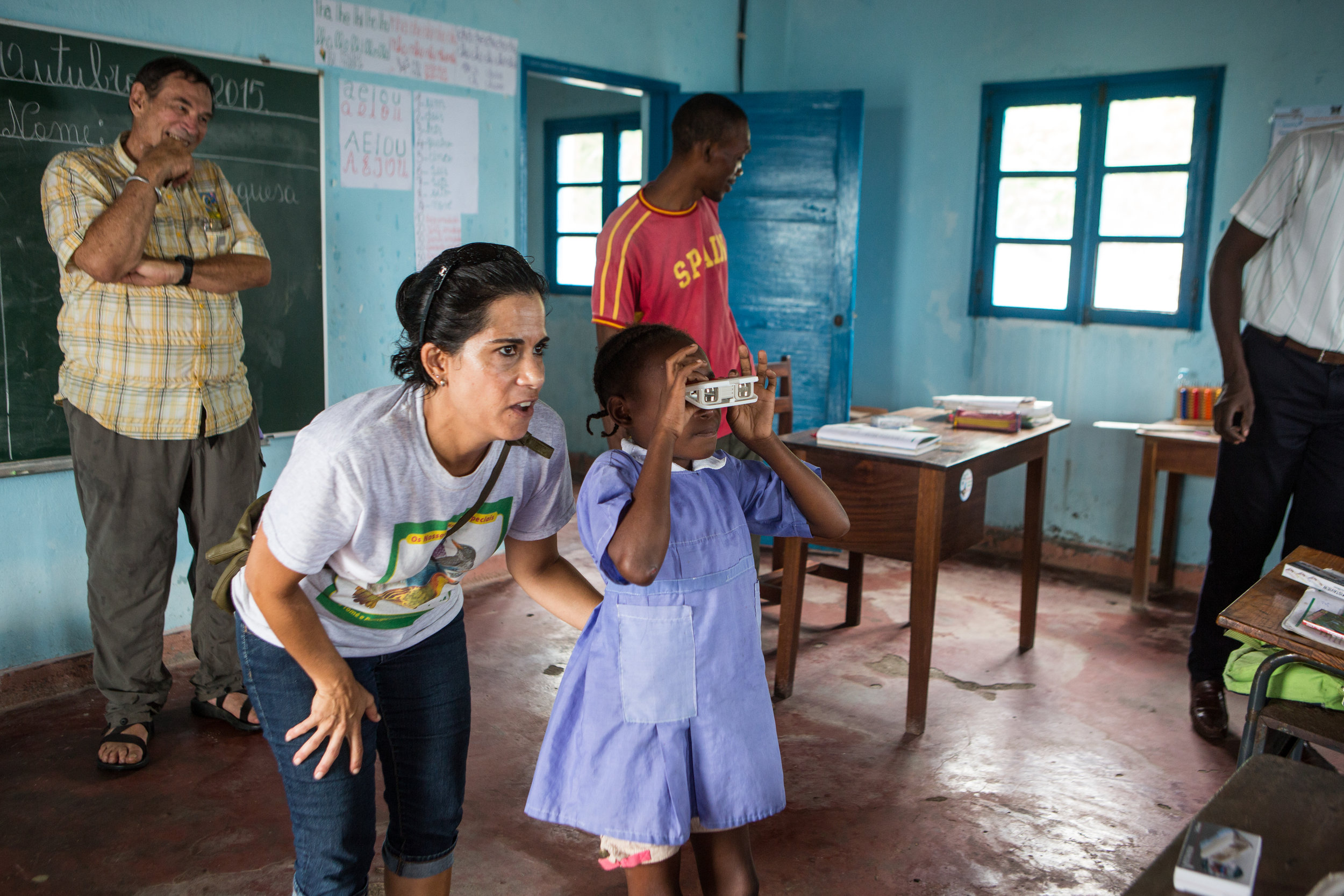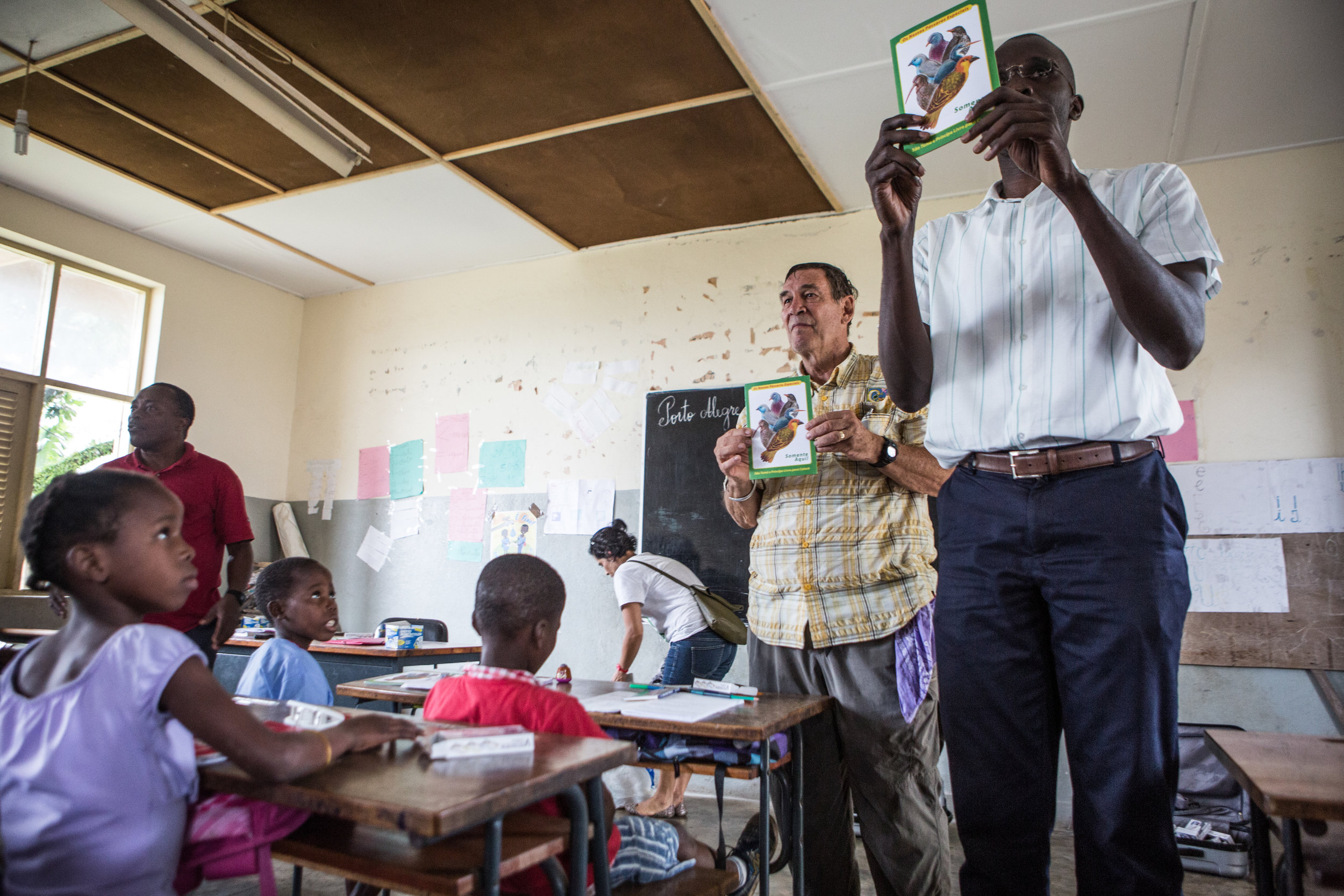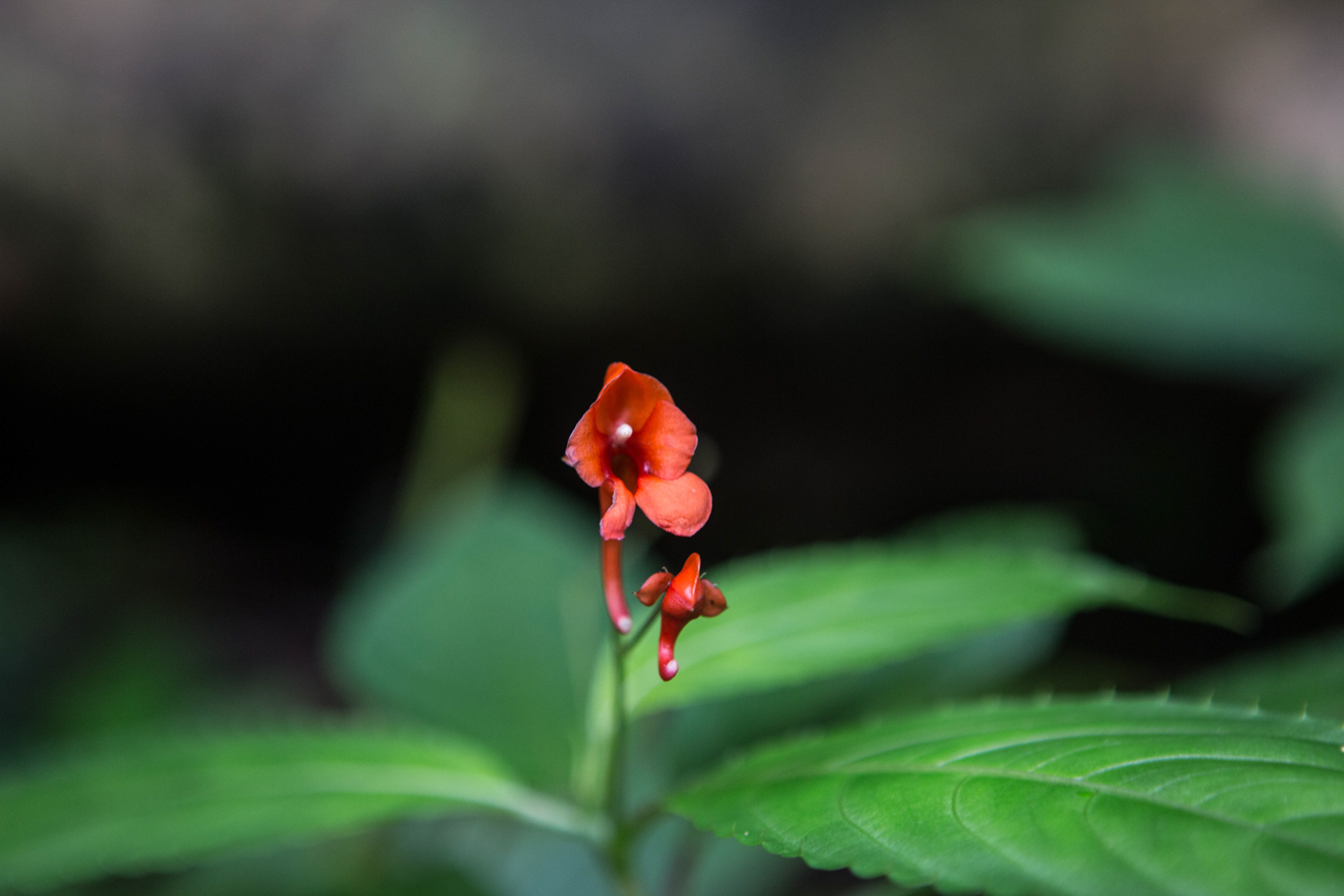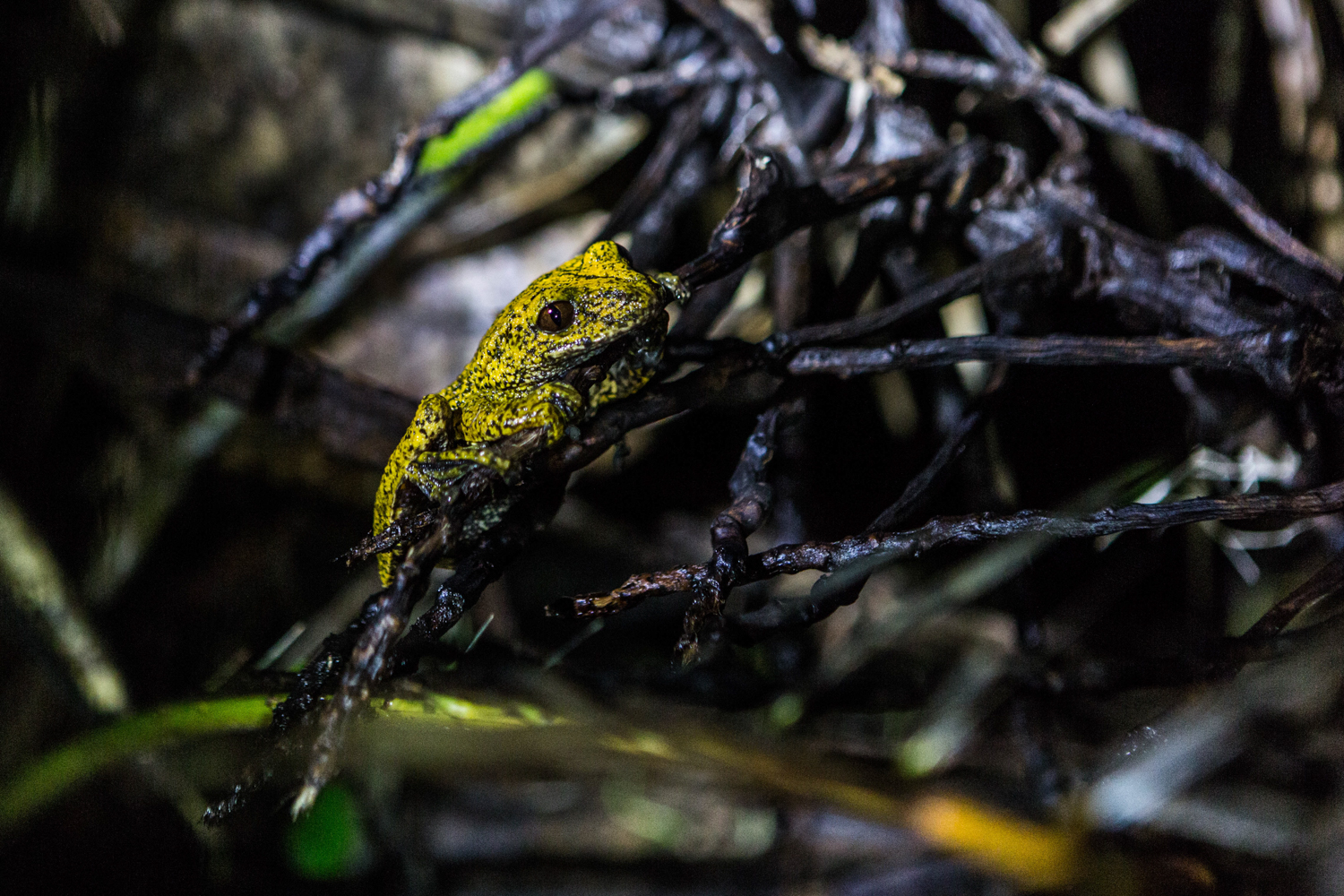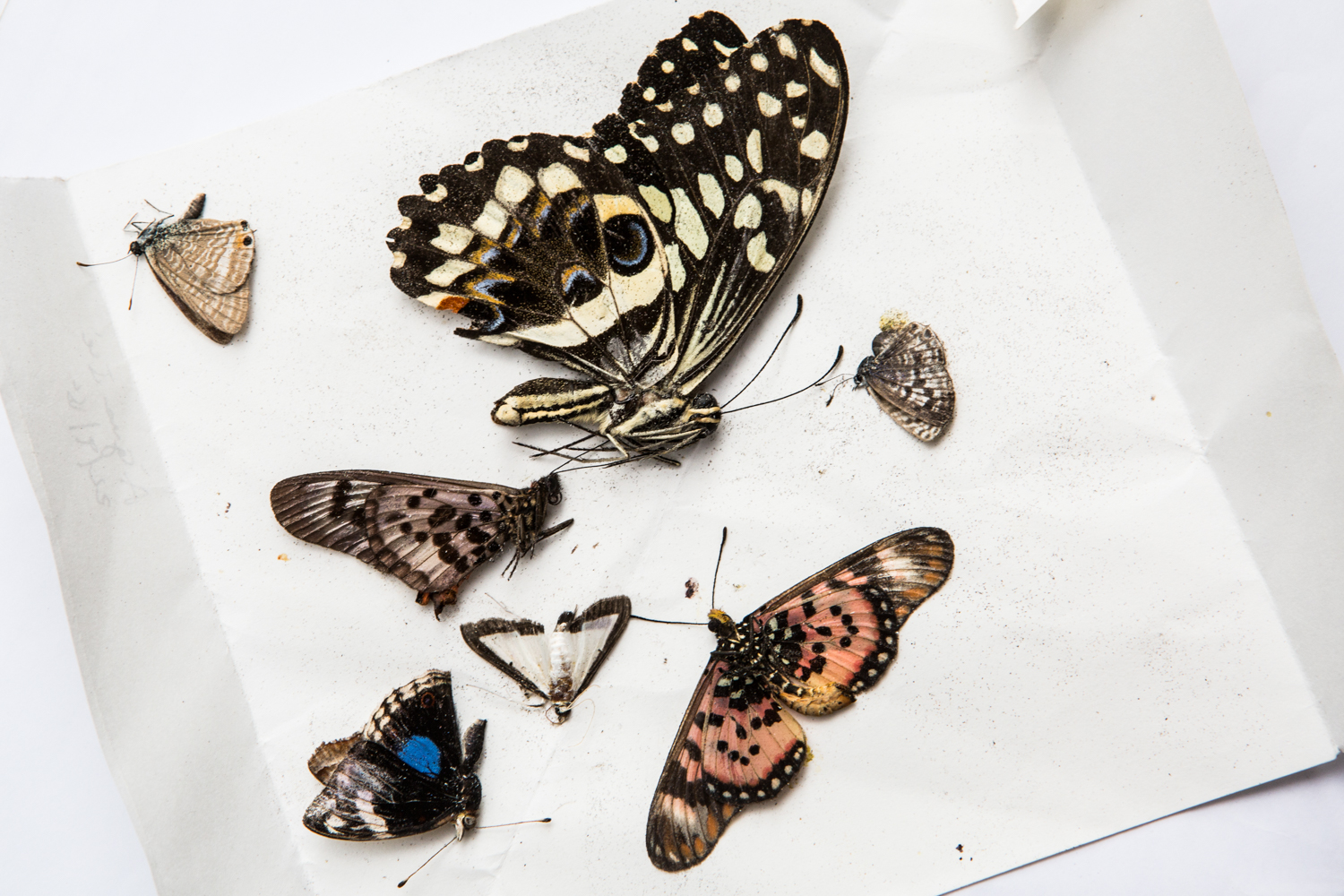





GULF OF GUINEA BIODIVERSITY CENTER
research, education and conservation
GULF OF GUINEA BIODIVERSITY CENTER
research, education and conservation
Off the coast of West-Central Africa in the Gulf of Guinea, the oceanic islands of São Tomé, Príncipe, and Annobón host exceptional diversity of plants and animals that exist nowhere else on the planet. Over millions of years in these isolated island ecosystems, creatures have evolved into unique endemic species much like the Galapagos archipelago, which Darwin made famous as a place to study evolution. Biologists working on these islands have discovered the world’s largest begonia, the tiniest ibis, and hundreds of unique species in-between. As biologists race to identify and understand the plants and animals of the islands, their habitats are under siege from rapid development and climate change. Island residents are grappling with the complicated tradeoffs of developing their economy while preserving their natural heritage. Our vision in developing the Gulf of Guinea Biodiversity Center is to facilitate research, education and conservation of the unique diversity of the islands’ plants and animals.
Banner photo: Príncipe Island (by Andrew Stanbridge)

RESEARCH
Scientific exploration in a biodiversity hotspot
RESEARCH
Scientific exploration in a biodiversity hotspot
RESEARCH
Biologists first started describing Gulf of Guinea biodiversity during colonial times. Most endemic vertebrate animal species received scientific names in the late 19th and early 20th century. Exell’s catalogue of vascular plants, published by the British Museum of Natural History in 1944, described many of the endemic plants and remains a key botanical reference for the islands. The taxonomy of many invertebrate groups and fungi, however, received less attention in this period. In 1990, an expedition led by the University of East Anglia conducted the first conservation assessment of São Tomé and Príncipe, which marked the start of a new era of truly international scientific work for the islands. Since 2001 the California Academy of Sciences has organized multiple expeditions to São Tomé and Príncipe, which have helped improve knowledge of non-vascular plants, invertebrates, and fungi. The smallest island, Annobón, has received less scientific attention than São Tomé and Príncipe, but recent studies confirm that this small island hosts several endemic birds, mammals, and reptiles. Scientists continue to describe new species from ongoing expeditions, but increasing the islands are now used as models to study evolution, ecology and conservation.
Research photos: vertebrate, invertebrate and botanical surveys (by Andrew Stanbridge)

EDUCATION
Biodiversity outreach and environmental stewardship
EDUCATION
Biodiversity outreach and environmental stewardship
EDUCATION
Education is key to transfer the knowledge that has been and is still being gathered by scientists about the biodiversity in the Gulf of Guinea. In 2009, the local NGO MARAPA published a guide to teaching “Ecology, Environment and Environmental Education” in schools across São Tomé and Príncipe. In 2011, the California Academy of Sciences education team, in collaboration with local educators, developed and delivered a set of educational material based on research results and imagery from their expeditions. Since then, every year the California Academy of Sciences education outreach team has produced and delivered a different educational product to primary schools on São Tomé and Príncipe Islands. These educational products are designed to promote a better understanding of the science and unique biodiversity of the islands.
Education photos: biodiversity matching game, endemic bird coloring book, and bird watching activity (by Andrew Stanbridge)

CONSERVATION
Maintaining island biodiversity for future generations
CONSERVATION
Maintaining island biodiversity for future generations
CONSERVATION
Like many islands around the world, human activities have shaped the landscape of the Gulf of Guinea Islands and pose a serious threat to the islands’ unique natural heritage. On São Tomé and Príncipe, the Bom Sucesso Botanical Garden and Príncipe Obô Natural Parks result from the European Commission’s ECOFAC programme, which aims to promote conservation and sustainable use of forest ecosystems in Central Africa. In 2012, Príncipe was recognized by UNESCO as a Man and Biosphere Reserve. Currently, several local NGOs focus on conservation and environmental projects including sea turtle monitoring, sustainable fisheries, and reducing plastic waste.
Conservation photos: vertebrate, invertebrate and botanical endemism (by Andrew Stanbridge)

BIODIVERSITY CENTERS
Facilitating research, education and conservation
BIODIVERSITY CENTERS
Facilitating research, education and conservation
BIODIVERSITY CENTERS
We propose establishing a high-profile, state-of-the-art biodiversity field research station in São Tomé and a satellite center in Príncipe. Celebrating the islands for their important and unique biodiversity, the Gulf of Guinea Biodiversity Centers (GGBC) would establish the islands as a key site to study island biodiversity and conservation, pulling in academics and students as well as ecotourists. A portion of GGBC will be dedicated to public education including space for natural history exhibits and classrooms for delivery of educational programs. The programs will offer after school science clubs and community science opportunities with the goal of igniting and supporting the pursuit of science in young people. Teachers will receive training and will be able to check-out educational kits to bring into the classroom to complement the curriculum. The outreach team will continue their work with local elementary schools bringing new educational material every year.
Biodiversity Center sketch: Jim Boyer
